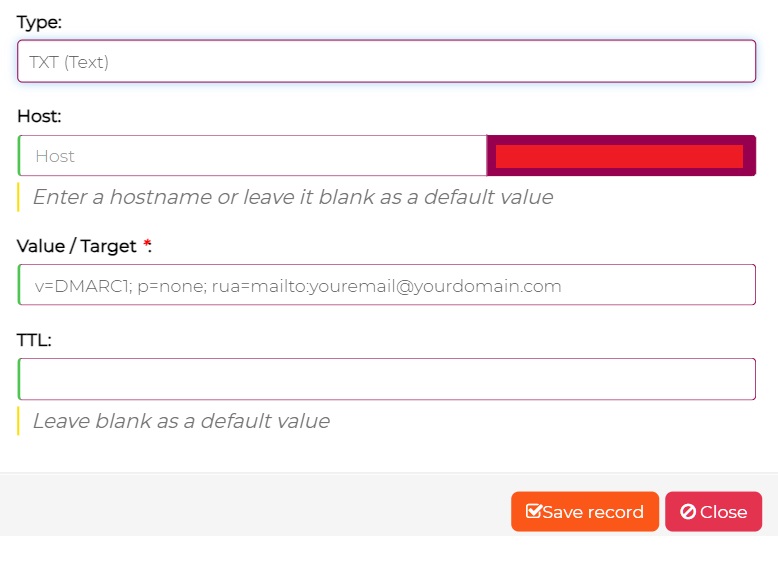Refresh this page to invite more people and get the cool gift 🔥

What is DMARC? And Why Should You Care?

Cybercrime through email remains a significant problem as it’s implicated in 90% of cases.
In many of those, criminals use email spoofing to launch their attacks.
Email spoofing is the unauthorized use of sending domains, making it seem like an email came from a domain when it really didn’t.
DMARC is an email authentication protocol designed to combat email spoofing and consequent cyber crimes like phishing, email scams, and other illegal activities.
If you’re doing email outreach, you need DMARC as it helps you gain a better sender reputation, meaning fewer of your emails will land in spam.

What is DMARC? ❔
DMARC stands for Domain-based Message Authentication, Reporting, and Conformance.
It’s a security mechanism that works based on the results of SPF and DKIM authentication checks.
💡 SPF and DKIM are DNS records that authenticate a sending domain. If these records are not in place, there’s no way for an email server to know if an email has been sent from the domain it’s claiming to be coming from.
You can enable DMARC by adding a DNS record to your domain provider’s DNS setting page.
This DMARC record also provides instructions on what to do if an email fails authentication.
One such instruction is not to deliver the email at all, another is to send it to the spam folder. The third setting instructs DMARC not to do anything with emails that fail authentication, which can be handy for monitoring your email delivery.
To learn more about the workings of DMARC, here’s our guide on how DMARC works.
Benefits of DMARC 🥳
By implementing DMARC, organizations can enhance email security, reduce the risk of phishing attacks using their domain, and improve email deliverability by ensuring legitimate emails are correctly authenticated. It is recommended that domain owners carefully configure and monitor their DMARC policies to maximize the benefits and minimize any potential disruption to email delivery.
- ➡️ Protects your domain: DMARC monitors your email traffic for unauthorized emails and handles them according to your policy settings.
- ➡️ Protects recipients: If fraudulent emails don’t get through to recipients’ inboxes because of your DMARC settings, then you’re protecting them from cyber crimes.
- ➡️ Increased email deliverability: Having a correctly configured DMARC record in place builds trust with email providers. Fewer of your emails will land in the spam folder.
- ➡️ Helps you stay off email blacklists: Once your (sending) domain is on a blacklist, it’s hard to get off them. Your DMARC record can build the trust you need to never get on them in the first place.
What Does a DMARC Record Look Like? 📝
A basic DMARC record follows a simple pattern that may look complicated at first:
v=DMARC1; p=none; rua=mailto:youremail@yourdomain.com
Here’s a quick overview of what it all means:
- “V” means DMARC version
- “P” stands for policy. This determines what to do with unauthenticated emails
- “Rua” is the email address where you want to receive DMARC deliverability reports
DMARC History ⏲️
DMARC was created by some of the biggest senders and receivers of email, like Gmail, Yahoo, Bank of America, and Facebook.
Their goal was to combat fraudulent email on a large scale. Building on previous initiatives from 2010, DMARC’s first version was launched in 2012.
Since then, the number of DMARC implementations has been growing steadily.
However, despite its apparent benefits for both senders and receivers of email, less than 30% of Fortune 500 companies today have any DMARC policy implemented.
Conclusion 🔚
If you’re doing email outreach, then DMARC is a must.
It protects both your domain and potential recipients from nasty cyber crimes like phishing attacks and scams.
Additionally, it can increase your chances of landing in the inbox.
To enjoy the benefits of DMARC and secure your email communications, check out our guide on how to set up a DMARC record.

Send emails that actually get delivered with













